If you’ve had a knee injury, an ACL injury or are currently in ACL rehabilitation, there are several safeguards you need to take when returning to the world of fitness. Specific precautions and safe movements should be practiced at all times to make sure your recovery is smooth. A sports injury rehabilitation specialist in London will help you achieve your ACL injury rehabilitation goals.
It’s easy to push through ACL rehabilitation exercises and guidelines when you start feeling better, but know that there are still ways to increase the severity of your injury by performing the wrong exercises.
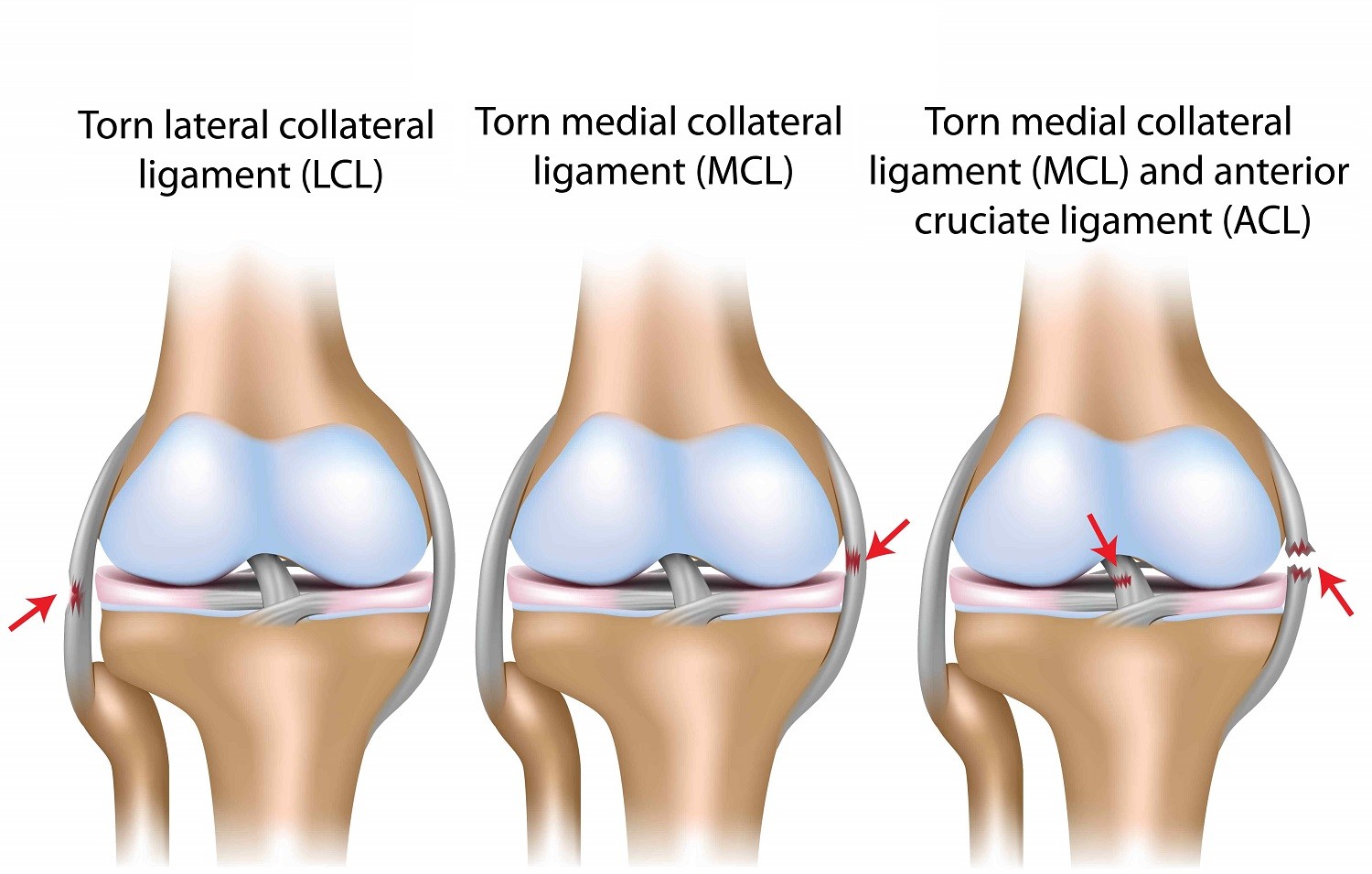
Fig 1. ACL, PCL, MCL and MCL knee injuries are very painful and frustating.
Follow these guidelines to ensure you aren’t doing anything to make your ACL injury worse. These guidelines are intended for those who have or have not had ACL surgery, and for those who have fully or partially torn ACLs.
The Beginning of the ACL Rehabilitation Guidelines and ACL Strengthening Exercises
1. The first twelve weeks of knee injury rehabilitation programs are the most important for proper ACL recovery after surgery.
At the end of twelve weeks, pain and ROM have returned to nearly normal values [2], but strength still needs to be improved.
Strength exercises should be started about three months post-surgery, but starting too aggressively could hinder your strength gains, and may lead to a pulled muscle.
After three months, it is also shown that closed kinetic chain exercises are recommended to begin your injury rehabilitation [5].
This means that the furthest point of the extremity is a fixed point, and the remaining joints are moving to perform an exercise.
Lounges and squats are great examples of closed kinetic chain exercises please read my how to squat correctly andhow to lunge correctly tutorials I made available here on my website.
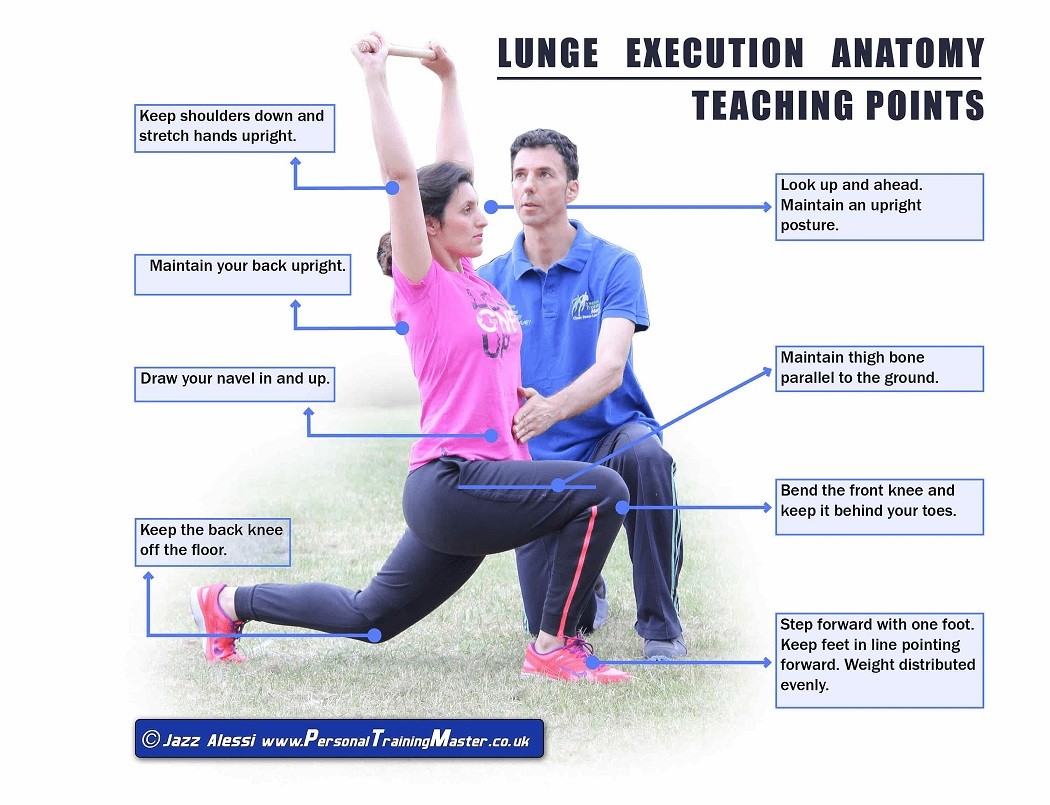
Fig 2. Jazz Alessi is teaching a client how to perform a lunge correctly.
These exercises can also benefit someone who is recovering from an ACL injury without surgery, or someone who has a partially torn ACL.
Proper Injury Rehabilitation Exercises, and What Not to Do
2. Never add weight to the ankle or foot when performing knee extensions. The force placed on the tibia and fibula adds strain to the anterior aspect of the knee, specifically the ACL [1].
The newly-bonded ACL cannot handle this type of force, and it may cause aggravation to the surrounding tissues.
When putting anterior stress on the lower leg, the quadricep muscle must activate to extend the leg. Having an elite injury rehabilitation personal trainer at your side helps you perform your ACL rehab exercises effectively and safely.
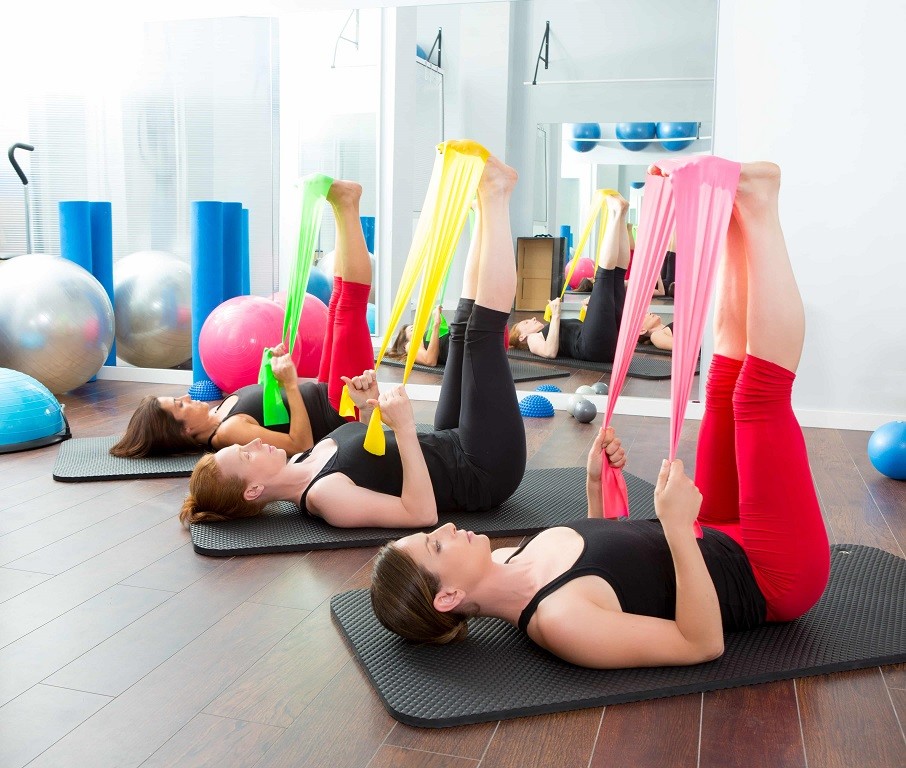
Fig 3. Knee rehabilitation must restore the knee range of movement (ROM), need to start with personalised exercises and gently.
The quadricep muscle undergoes severe muscle atrophy, and may not be able to support additional weight, causing stress on the partially or fully torn ACL, or on the newly in-place ACL.
Partial/Full ACL Tear Mechanics, Addressing the Cause
3. 70% of ACL injuries occur without physical contact. The risk factors for non-contact ACL injuries, both for full and partial tears, can be split into four distinct categories: environmental, anatomic, hormonal, and biomechanical [6].
Talking to your health adviser or personal trainer in London about which category your injury falls into could help you prevent any further damage or injury to your joints, and make ACL injury rehabilitation easier.
You can then take a proactive approach to gaining back your strength and having a beneficial ACL recovery. Contact our elite personal trainer rehabilitation specialist to help you safely achieve your ACL rehabilitation goals.
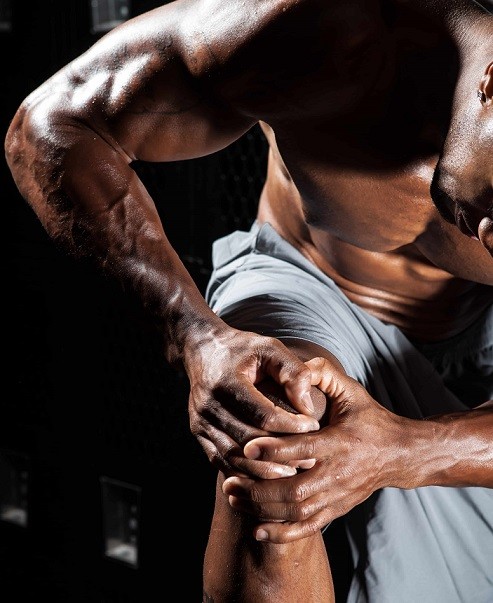
Fig 4. Interact with your medical doctor or health professional and find out what caused your knee injury.
This tip can also be advantageous to prevent further injuries to your knees, and improve overall movement and balance.
ACL Rehab Exercises to Complete With or Without Surgery
4. Quadricep strengthening is one of the most important muscle groups to target when it comes to ACL strengthening exercises.
The vastus medialis and vastus lateralis muscles of the quadricep are crucial to target in this muscle-building process [4].
These muscles help support the stability and balance of the knee, and are also some of the muscles that experience the most severe atrophy. Injury rehabilitation personal training helps you achieve the best results rehabilitating your ACL injury safe and faster.
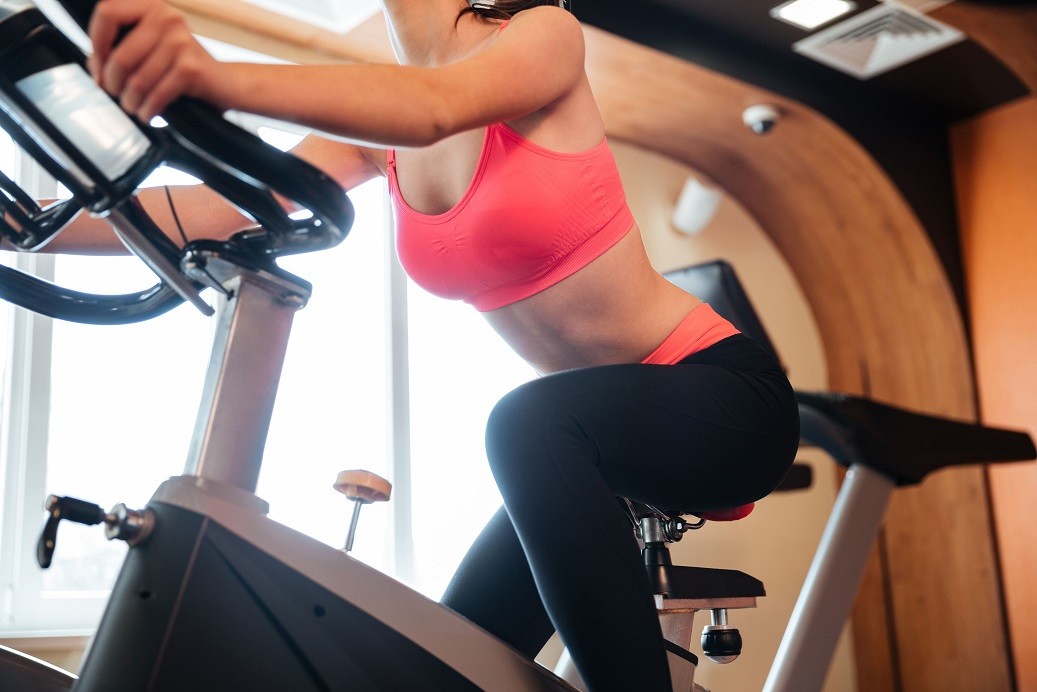
Fig 5. Personalising your knee injury rehabilitation using correct exercises helps you to restore knee strength, stability and safely rebuild the muscle tissue.
Muscle disuse also causes type 1 fiber atrophy with a slow-to-fast fiber type shift, meaning that type 1 muscle fibers may become atrophied enough to let type 2 muscle fibers dominate [3].
Eliminating Pain, as per ACL Rehabilitation Guidelines
5. Cryotherapy can be a way to reduce inflammation and irritation to the joint when beginning the strengthening process.
The use of cold eliminates the circulatory system’s ability to create heat, and decreases circulation to prevent the heat from invading the area [7,9].
Cold therapy also eliminates the level of perceived pain, which can allow for more ACL strengthening exercise sets and reps.
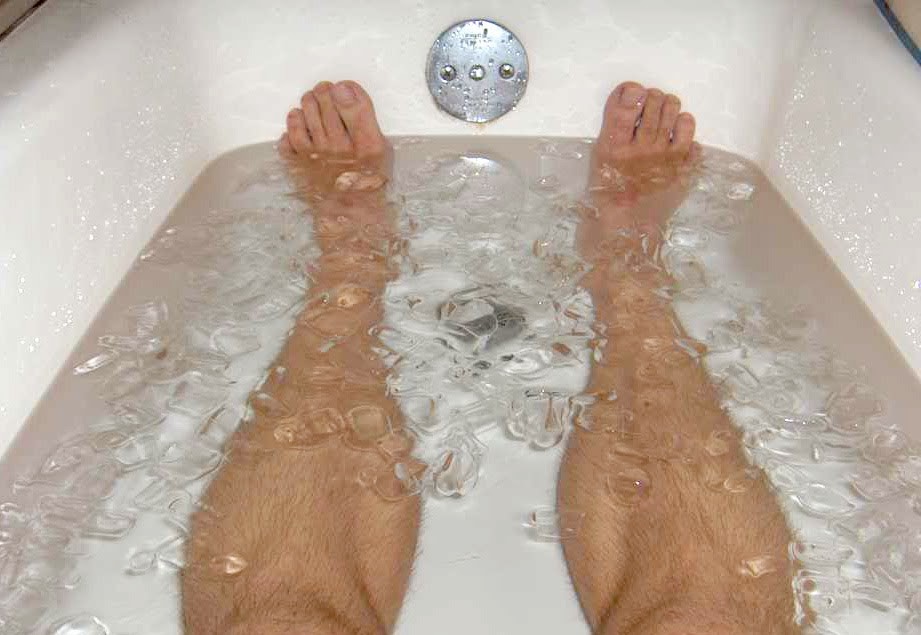
Fig 6. Cryotherapy reduces inflammation, pain levels and irritation after you start your injury rebab programme.
This keeps you on the right path towards your recovery.
A Special Tip from Your Injury Rehabilitation specialist In London
6. There have been several studies that report the benefit of using massage to increase the healing of the wound site after ACL reconstruction.
Massage can help break up scar tissue, which is crucial if you want to obtain full ROM.
Other benefits of massage include lymphatic drainage, myofascial release, and neuromuscular techniques including trigger point release [10].
Using your finger-tips, move in small circular motions around the knee.
Do this in both flexion and extension of the knee for about 10-15 minutes total to help to reduce scar tissue presence and increase circulation.
Additionally you find a good clinical massage therapist in London and book yourself in for a proper massage.
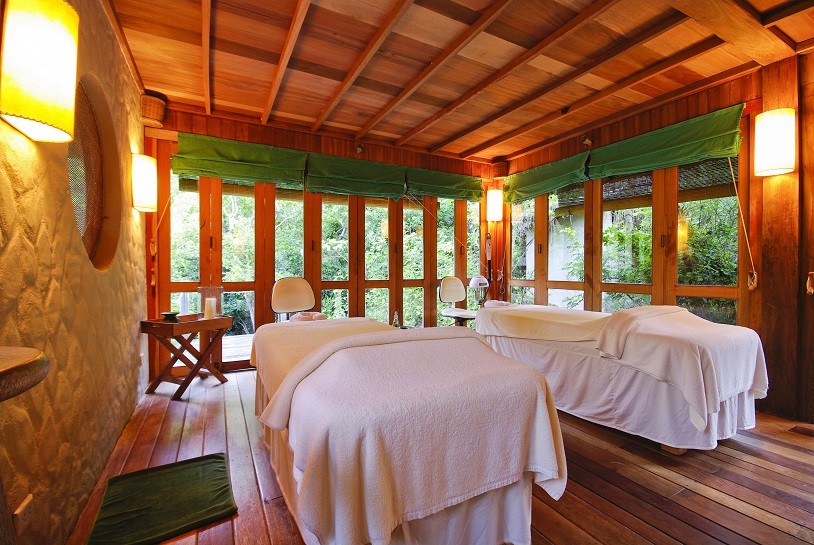
Fig 7. Assist yourself with self massage or book in for a massage with a clinical sport massage therapist.
Ask your injury rehabilitation personal trainer in London for additional guidelines.
Get Help with Injury Rehabilitation Training
7. No matter which specific exercises you’re using to get back into shape, it is critical to practice correct form in all your movements and exercises.
This not only helps to strengthen the muscles and assist with recovery, but it is also a huge step for preventative measures of another injury [8].
Squats, lunges, knee flexion, and any other approved exercise performed to increase strength and prevent further injuries have strict guidelines on how each movement should be executed [1].
Although it is difficult to change habits deeply rooted in our movements, the benefit easily outweighs the struggle.
Jazz Alessi is an elite personal trainer in London and is your best resource in showing correct form on position, especially if you’ve finished your ACL rehabilitation physiotherapy.
This is crucial for those who have either a partially or fully torn ACL, or for those recovering with or without surgery.
Use these tips to get yourself on track and have the best path to recovery possible.
Consult with your current health professional and follow these seven ACL injury recovery steps.
The road may be long, but it is so much easier when you start training with the best rehabilitation expert in London.
Unfortunately, ACL injuries aren’t rare, and you’re not alone in your quest of becoming fit again.
Training with a London based personal trainer to rehabilitate ACL injury is safe and essential in your knee injury recovery programme.
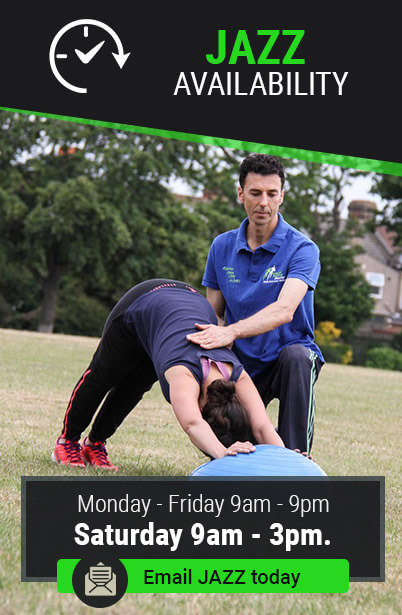
One to one knee injury rehabilitation programmes, Pilates and elite personal training services in London.
Contact Jazz Alessi now to start rehabilitating your knee injury and get rid of knee pains.
By using a personalised injury rehabilitation programme designed for your challenges and goals containing specific exercises for strengthening your fully or partially torn ACL, and additional ways to recover will help you succeed in becoming injury and pain-free.
References:
- Baechle Thomas, Roger Earle. Essentials of Strength Training and Conditioning 3rd Edition. Colorado: National Strength and Conditioning Association. Copyright 2008.
- Carter JC, Sturnick DR. Relationship between geometry of the extensor mechanism of the knee and risk of anterior cruciate ligament injury. J Orthop Res. 2016 Nov 24. [Epub ahead of print]
- Ciciliot S, Rossi AC. Muscle type and fiber type specificity in muscle wasting. International Journal of Biochemistry Cell Biology. 2013 Oct;45(10):2191-9.
- Cupido C, Peterson D, Sutherland. Tracking patient outcomes after anterior cruciate ligament reconstruction. Physiotherapy Canada. 2014 Spring;66(2):199-205.
- Gerardo. Closed Chain Exercise for Legs and Knees. Sports Medicine and Rehabilitation. Apr 2013
- Griffin, Letha Y. MD, PhD, Agel, Julie MA, ATC. Noncontact Anterior Cruciate Ligament Injuries: Risk Factors and Prevention Strategies. Journal of the American Academy of Orthopaedic Surgeons. 8:141-150, 2005.
- Murgier J, Cassard X. Cryotherapy with dynamic intermittent compression for analgesia after anterior cruciate ligament reconstruction. Preliminary study. Orthopedic Trauma Surg Res. 2014 May;100(3):309-12.
- Thomas, Abby PhD, ATC, Vilwock, Mark. Lower Extremity Muscle Strength After Anterior Cruciate Ligament Injury and Reconstruction. Journal of Athletic Training. 2013 Sep; 48(5): 610–620.
- Waterman B, Walker JJ, Swaims C. The efficacy of combined cryotherapy and compression compared with cryotherapy alone following anterior cruciate ligament reconstruction. J Knee Surg. 2012 May;25(2):155-60
- Zalta, Jennifer. Massage Therapy Protocol for Post–Anterior Cruciate Ligament Reconstruction Patellofemoral Pain Syndrome: A Case Report. Int J Ther Massage Bodywork. 2008; 1(2): 11–21.
Disclaimer: This website and all its content is to be used for information purposes only. This website or any of its content or links to third parties does not diagnose, advise, treat or cure any ailments, illness or disease.
You agree to hold harmless the owner of this site for any action taken on your own without consulting your medical doctor first by using the information on the website for diagnostic, treatment, or any other related purposes. This is not medical advice. If you are suffering from any illness, disease or ailments please contact your doctor first and immediately.


